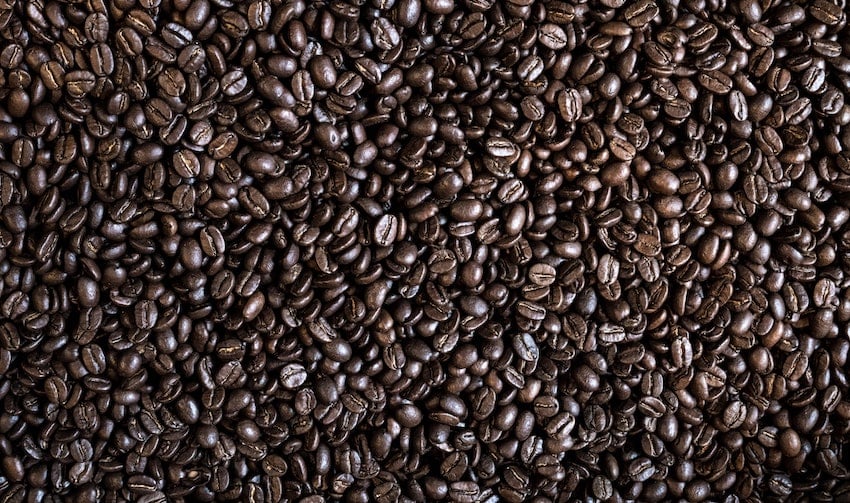What’s The Difference?
Browsing the coffee aisle, you might notice some bags are marked as espresso or drip blends. That get’s you thinking: “What’s the difference between coffee and espresso beans?” The truth is, there’s no difference between espresso and coffee beans. A coffee bean is a coffee bean. So, why are bags labeled differently? As it turns out, it's the brew method.
Labeling beans as espresso or drip is nothing more than a recommendation from the roaster on how to bring out the flavor of the beans. Of course, there are different roasts and coffee beans—two species actually, Arabica and Robusta, as well as varietals bred from these species—but each is still a coffee bean that can be used in a variety of methods. We’ll dive into how beans and blends create different flavors and how the recommended brew methods evolved.
Coffee Flavor Profile
Read the label of your favorite bag of beans and you’ll sometimes find food descriptors like oranges or baking ingredients like brown sugar listed on the label. These descriptors are unique flavor notes that the roaster has tasted or smelled in the beans based on their recommended brew process. However, these descriptions do not indicate the quality of brew, but a recommendation based on the background of the beans—such as growing region, process or whether it’s a single origin or blend. Try brewing based on their recommendation: What do you taste? Perhaps it’s what the roaster detected—subtle sweet and fruit flavors with chocolate undertones or black tea with a tart, citrusy kick—or maybe you’ll find a slightly different flavor.Espresso vs Coffee
So, how did espresso beans come about? When it was first popularized, coffee farms didn’t have the refinement of cultivating that we see today—and when the lesser quality beans were brewed as espresso it was painfully noticeable. When you put beans under pressure, like you do with espresso, the flavor profile becomes more intense, sort of like the difference between a blueberry tea and a spoonful of blueberry jam. In an effort to create a consistent flavor profile, roasters would use a darker roast to produce smoky, caramelized sugar notes, like we see in an Italian roasts. This roasting method, however, meant that the nuanced flavors were no longer detectable. Nowadays, specialty roasters source high-quality beans to make this method of masking taste not necessary. Roasters can experiment with lighter roasts the enhance the flavor of the coffee and share its complexity. Brewed coffee, whether it’s from a standard drip brewer or pour over set-up like Chemex, tends to produce less intense flavors than espresso making it more forgiving when used to brew a variety of coffee qualities. You many also find that brewed coffee is a bit easier to control the extraction and therefore the flavor of the cup you produce. Many find that single origins, beans sourced from one location, are easier to brew in this fashion. Single origins typically have more delicate flavors, which makes it easy to under or over extract making them often difficult to brew with for espresso. Think of it like a target, getting a great cup of brewed coffee is like hitting the board and a great cup of espresso like hitting the bullseye. It’s not impossible, but it will take a bit more time and dedication. We believe the writing on the bag shouldn’t influence how you brew. It’s a recommendation meant to guide you, but it’s ultimately up to you to experiment and find that ideal brew. While it might require some finessing to dial-in a single origin for espresso, we think the reward is well worth the effort—add some steamed milk and you’ll get a decadent, dessert-like treat. We enjoy pulling espresso shots that taste like a rich blueberry cobbler using a delicious natural processed coffee.


